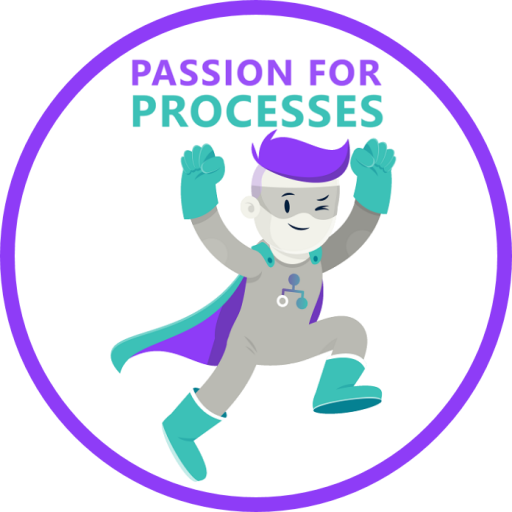
There are more project management tools today than ever and for businesses, it’s just getting harder to choose the right solution to manage projects. With so many tools and with each tool bursting at seams with features, how do you possibly arrive at a choice? What do you to make your life easier?
As if managing the complexity of projects wasn’t hard enough, do we really need to sit down and choose from the basket of choices available? If you set aside a few rules for your choice of project management or collaboration tools, you’ll have it easier when it comes to choice.
Here are a few things to remember:
All businesses do well with online collaboration
One thing is for sure, and you can put this up on the wall: you’ll do well with project management software. Managing teams is easier and you can develop systematic workflows, thanks to online collaboration tools (even if your team isn’t geographically dispersed and when your team works out of a single location).
All data stays in one place, everyone logs into the system, and all elements of a project live together. Projects, tasks, milestones, deadlines, files, and conversations that go out for all tasks live categorically. Your work stays organized and you’d spend less time looking for people, files, or information.
Every business should move projects to the web. It just makes sense.
Not all tools are built equal
Some project collaboration tools work best for enterprises. Smaller teams do better with some other tools. Further, every business has its own specific needs and it takes quite a while to find a solution that fits the bill.
While some project management tools such as Huddle, Daptiv, and Binfire are made for teams working on IT and related projects, some others like Basecamp, Asana, Wrike, and Podio work as general-purpose tools. Make decisions based on what you need, the nature of projects, and cull out specific requirements before moving in to choose.
Popularity isn’t the only deciding factor
Don’t go with a project management tool just because it’s popular. Go with a tool when it’s the best tool that fits right into your business workflow. Agreed that popular tools are popular for a reason.
Yet, they are not always the best choice for your business. Sometimes, you’ll have to let go of the northbound traffic and head south if that’s what you have to do. You’d have to consider your team’s expertise, comfort level with tools, ease of onboarding, and the availability of features required to move projects from start to finish.
Bloated is usually bad for business
Look around you and it’s easy to see how simplicity affects our lives. Some of the most popular products and services are usually simple. That applies to project management software. Basecamp, for instance, takes away many bells and whistles that other tools like Microsoft Project come with.
Anything that’s heavy and bloated isn’t usually good for managing your projects since you’d end up spending more time dealing with the tool instead of focusing on the projects and tasks at hand.
The best kind of online collaboration tool is the one that shouldn’t make you think. You know the push-button, do-this-and-get-that, and “even a kid can do this” level of simplicity.
It’s beautiful when it’s simple.
Take what you need and leave the rest
It’s all right if there are plenty of tools to choose from. Don’t let choices overwhelm you. Instead, pick a tool you are comfortable with and run the show. Even within a tool, you can avoid features you don’t need.
For instance, if you were using WorkZone and you don’t find the need for Gantt Charts, all you have to do is to ignore it. All features in most tools are optional and you’d use them when it makes sense for you to deploy.
You could avoid features such as project management methodology structures such as Agile and Scrum when you have nothing to do with them. You don’t have to bother with time tracking when you don’t work on hourly projects.
New features always come aboard
Assuming you pick a project collaboration tool and run your projects off it, you’d be tempted to switch tools if you find another tool with a particular feature you need (and this one feature doesn’t ship with the tool you are using right now).
If your projects suffer because of this, it’s time to switch. But if it can wait, you should avoid changing tools. All of your data resides on the collaboration tool – along with files, conversations, and work history—and moving doesn’t make sense unless absolutely necessary.
The good news is the project collaboration tools market is highly competitive and that makes vendors provide additional features and release updates that continue to make your choice of tool better.
No choice is final
The best part about working with online, web-based tools is that you’d always switch projects when you need to. If your business demands better solutions or if you have a growing business and you’d need another solution that can cater to your demands, just move on.
You can still port and transfer your data. You could experiment with new tools while still working with the incumbent one to find the best alternative.
Always keep experimenting
Never settle with any one collaboration tool out there in the market. You never know what comes up and what goes out. You’ll need a way to pack and move when you ought to. You can’t, however, take your time to move. That’s why you’d have to experiment with other project management tools in the market while running your projects on the tool you are using currently.
Choices are one thing; your willingness to move and adapt to choices when you need to is totally something else.
How do you select your project management software? What parameters are most important for you before you pick your online collaboration tools? What do you think we should keep in mind before going with a web-based management tool?






